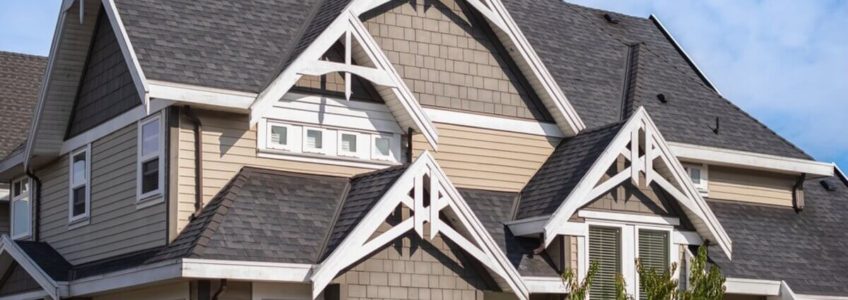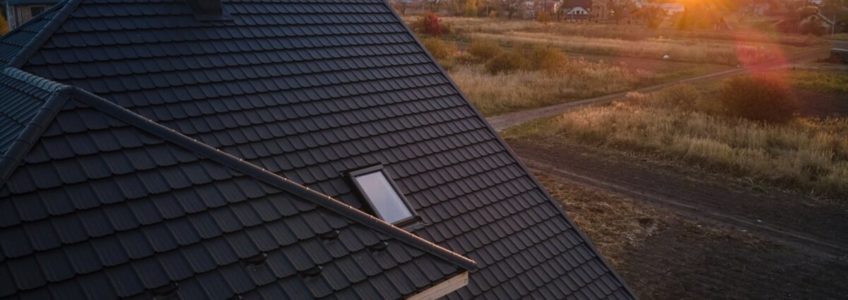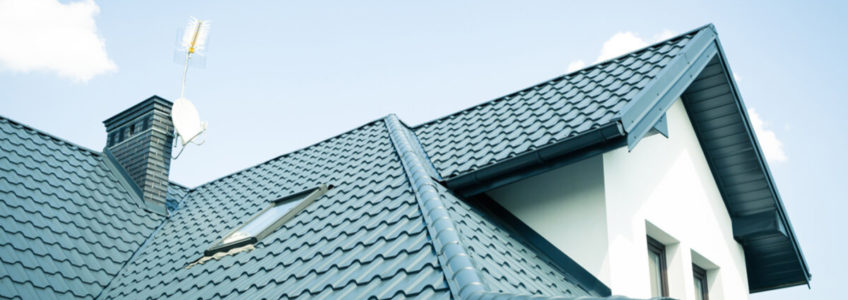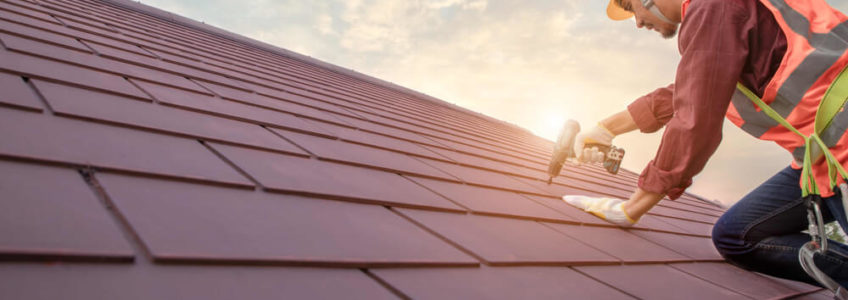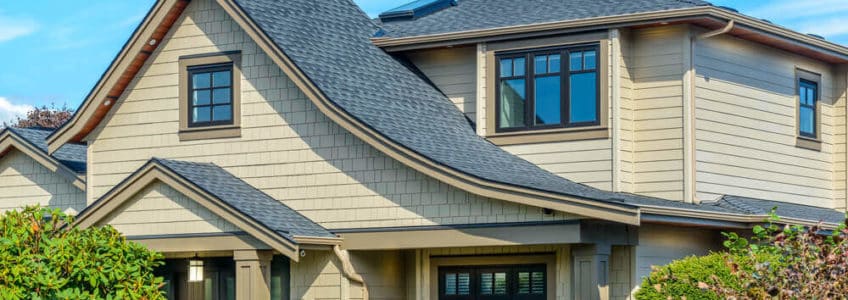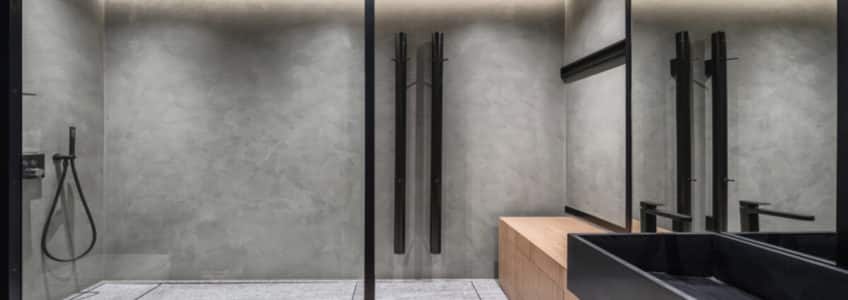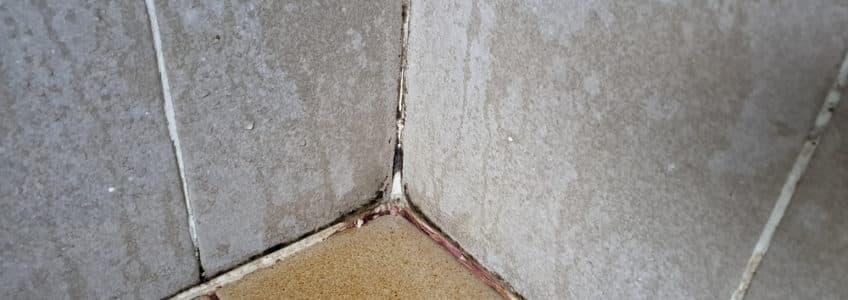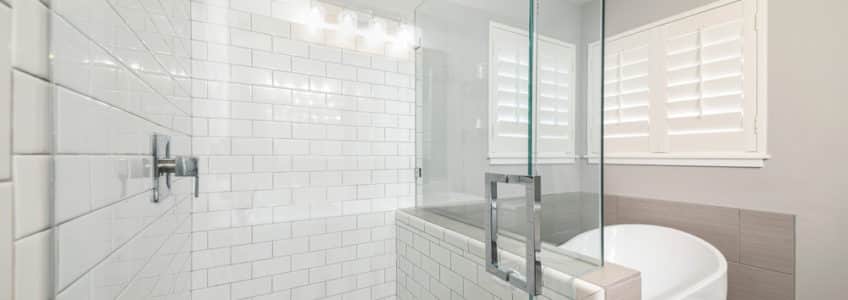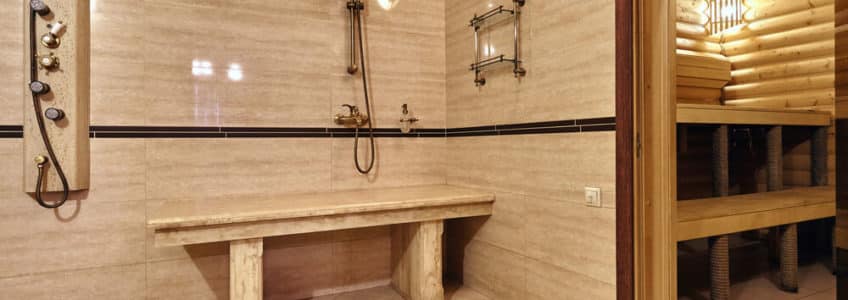Minnesota Roofing Trends: What’s New in the World of Shingles
As the roofing industry continues to evolve, it’s essential for homeowners and roofing contractors to be up-to-date with the latest Minnesota roofing trends. With the changing weather patterns and the demand for durable and aesthetically-pleasing roofing solutions, asphalt shingles have emerged as a popular choice for homeowners. In this article, we will explore the innovative trends in asphalt shingles that are shaping the Minnesota roofing landscape.
Materials on the Rise: Advancements in Asphalt Shingles
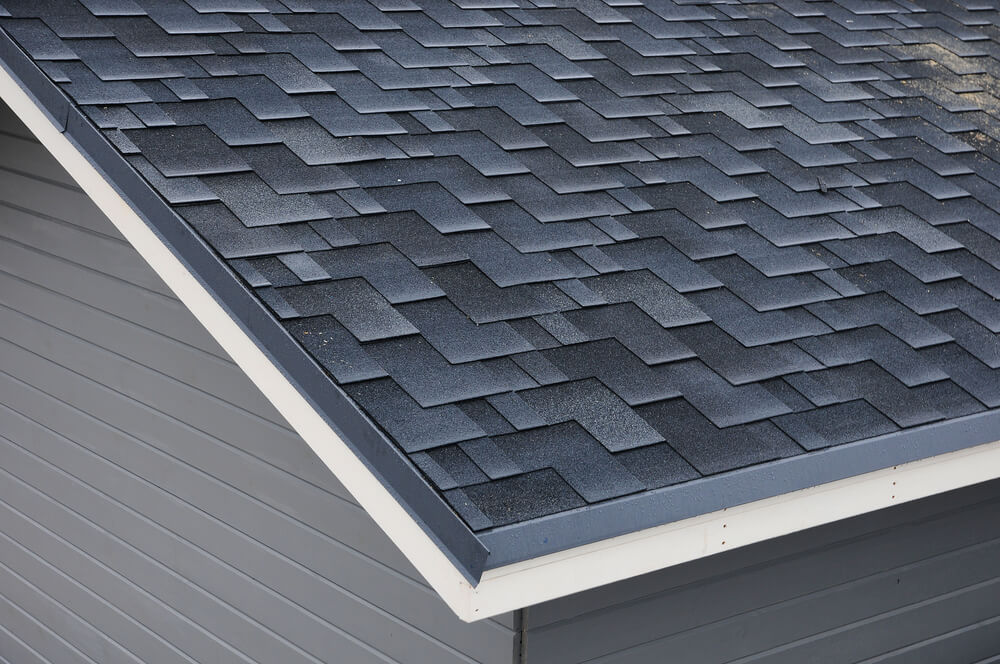
Asphalt shingles have been around for more than 100 years, and the modern market offers a variety of styles, colors, and textures. Here are the current Minnesota roofing trends for asphalt shingles that are gaining in popularity:
Enhanced Durability and Longevity
One of the primary reasons why asphalt shingles are gaining popularity in Minnesota is their enhanced durability and longevity for residential roofing. Manufacturers have made significant advancements in the composition and construction of asphalt shingles, making them more resistant to extreme weather conditions such as hail, heavy snow, and high winds. These impact-resistant shingles are designed to withstand the harsh Minnesota climate, providing homeowners with peace of mind and protection for their properties.
Energy Efficiency and Sustainability
In recent years, there has been a growing focus on energy efficiency and sustainability in the residential roofing industry. Asphalt shingle manufacturers have responded to this demand by developing “cool roof” shingles. These shingles are designed with reflective materials that help reduce heat absorption, keeping homes cooler during hot Minnesota summers. By minimizing the need for excessive air conditioning, cool roof shingles can significantly lower energy consumption and utility costs.
Aesthetic Appeal and Versatility
Asphalt shingles are no longer limited to traditional designs and colors. Manufacturers have introduced a wide range of styles and colors, allowing homeowners to customize their roofs to match their unique preferences and architectural styles. From natural wood-like textures to modern slate and tile designs, asphalt shingles offer endless possibilities for enhancing the curb appeal of Minnesota homes. Whether you prefer a classic and timeless look or a more contemporary and bold aesthetic, there is an asphalt shingle option to suit every taste.
The Rise of Solar Integration: Solar Panels with Asphalt Shingles
Another significant trend in Minnesota roofing is the integration of solar panels with asphalt shingles. Solar roofing has become increasingly popular as homeowners seek to reduce their carbon footprint and take advantage of renewable energy. Solar panels can be seamlessly integrated into asphalt shingles, providing homeowners with an efficient and aesthetically pleasing solution.
In recent years, advancements in solar technology have made solar panels more affordable and increased energy efficiency. Homeowners can now generate their electricity, reducing their reliance on the grid and potentially saving on energy costs. In Minnesota, where sunlight can be limited during certain seasons, the integration of solar panels with asphalt shingles allows homeowners to harness solar power while maintaining the durability and visual appeal of their roofs.
Roofing contractors are increasingly partnering with solar installation companies to offer comprehensive solutions that combine the benefits of asphalt shingles and solar energy. This trend not only promotes sustainability but also provides homeowners with long-term cost savings and energy independence.
Collaborations between Roofing Contractors and Manufacturers
To keep up with the evolving roofing trends, roofing contractors in Minnesota are forging partnerships with manufacturers to stay informed about the latest innovations and product offerings. These collaborations enable contractors to provide their clients with the most up-to-date options and solutions tailored to their specific needs.
Manufacturers are continuously conducting research and development to improve the performance, durability, and aesthetic appeal of asphalt shingles. By collaborating with roofing contractors, manufacturers gain valuable insights into the practical applications and performance of their products in real-world scenarios. This feedback loop allows for continuous improvement and ensures that Minnesota homeowners have access to the best roofing solutions available.
Roofing contractors also benefit from these collaborations by gaining access to training programs, technical support, and marketing resources. By staying connected with manufacturers, contractors can enhance their expertise, offer superior services, and deliver exceptional results to their clients.
The Impact of Shingles Cost and Material Availability
As with any industry, the roofing sector in Minnesota faces challenges related to cost and material availability. Fluctuating material prices, labor costs, and global supply chain disruptions can impact the affordability and availability of roofing materials. However, despite these challenges, industry experts predict that the roofing market will adapt and find innovative solutions to meet the demand for quality roofing products.
Minnesota roofing contractors are exploring cost-effective strategies to navigate these challenges and provide value to their clients. This includes optimizing material usage, streamlining installation processes, and leveraging technology to improve efficiency. By embracing innovation and proactive planning, roofing contractors can continue to deliver high-quality roofing solutions while managing costs effectively.
Choosing the Right Roofing Contractor in Minnesota
When considering roofing projects in Minnesota, it is crucial to select a reputable and experienced roofing contractor. Here are some key factors to consider when choosing a roofing contractor:
- Experience and Expertise: Look for contractors with a proven track record in the industry and extensive experience with asphalt shingle installations. They should have the knowledge and skills to navigate the unique challenges posed by Minnesota’s climate.
- Certifications and Accreditations: Verify that the contractor holds relevant certifications and accreditations from recognized industry organizations. These certifications demonstrate their commitment to quality and adherence to industry standards.
- References and Reviews: Request references from past clients and read online reviews to gauge the contractor’s reputation and the satisfaction of previous customers. A reputable contractor will have positive feedback and a portfolio showcasing their work.
- Insurance and Licensing: Ensure that the contractor has proper insurance coverage, including liability insurance and workers’ compensation. Additionally, verify that they hold the necessary licenses and permits to operate in Minnesota.
- Transparent Pricing and Contracts: Obtain detailed written estimates and contracts that clearly outline the scope of work, materials used, project timelines, and costs. A reliable contractor will provide transparent pricing and be open to addressing any questions or concerns.
By selecting a trusted and qualified roofing contractor, homeowners can have confidence in the quality and longevity of their roofing investment.
Discover A to Z Construction’s Asphalt Shingle Collection
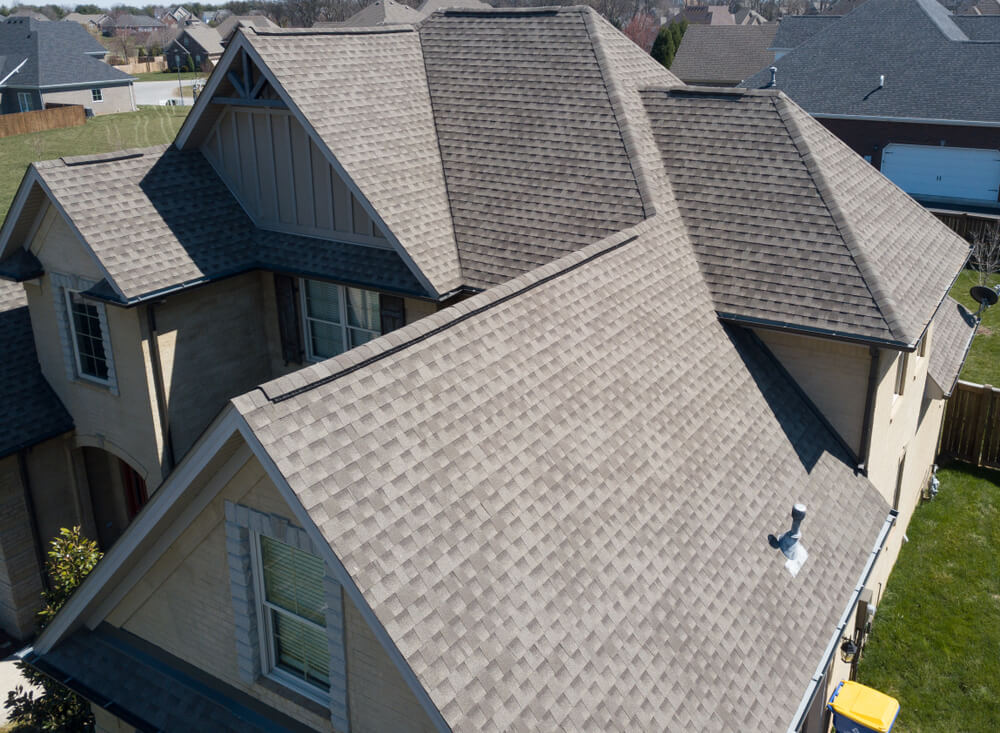
If you’re considering a roofing project in Minnesota, take the time to research and select a reputable roofing contractor who can guide you through the latest trends and deliver a roofing solution that combines functionality, durability, and style. At A to Z Construction, we take tremendous pride in our craftsmanship and attention to detail, ensuring a roofing system that will provide lasting performance for years to come. Contact A to Z Construction today to learn more about our asphalt shingles roofing services in Minnesota.
Roofing on a Budget: Affordable yet Durable Choices for Minnesota Residents
When it comes to roofing, Minnesota residents have a unique challenge. The state’s harsh weather conditions – from heavy snowfall in the winter to scorching heat in the summer – demand that homeowners choose not only affordable but also durable roofing materials. With a myriad of options available in the market, such as asphalt shingles, wood shakes, tiles, metal roofs, and even solar shingles, finding the perfect balance between cost and longevity can seem daunting.
Here at A to Z Construction, our goal is to guide you through the process, presenting the best affordable yet durable roofing choices for Minnesota residents, based on extensive research and expert opinions from various sources. Let’s explore these options to help you make an informed decision for your home.
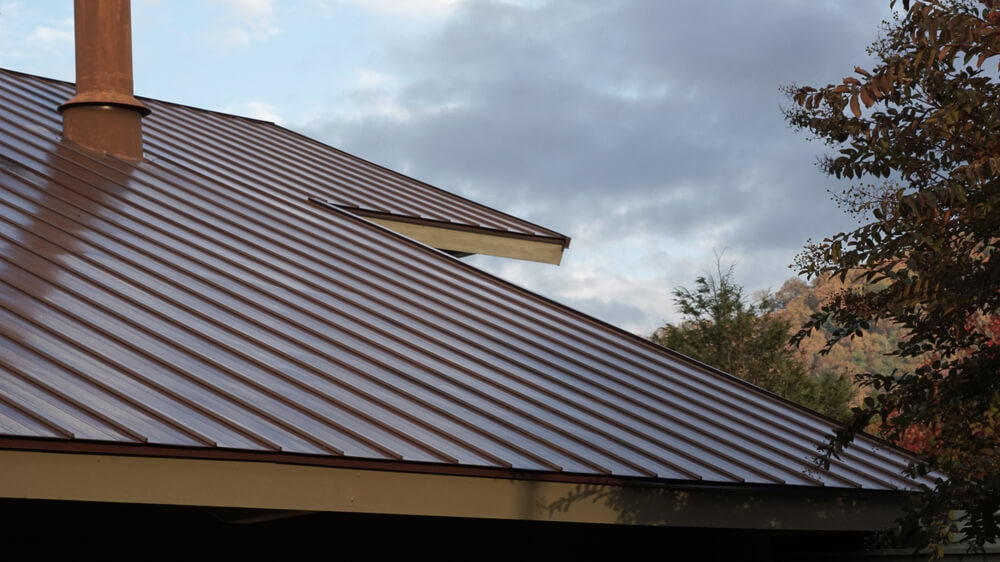
Asphalt Shingles
Asphalt shingles are a popular choice among Minnesota residents due to their affordability and durability. They are typically less expensive than other roofing options, making them an excellent choice for homeowners on a budget. Despite their cost-effectiveness, asphalt shingles are known for their resilience against harsh weather conditions, which is a common feature of Minnesota’s climate. Their adaptability to varying temperatures and resistance to wind and hail damage makes them a practical and economical roofing solution for homes in this region.
Metal Roofs
Metal roofs have been gaining popularity in Minnesota for several compelling reasons. Notably, they are known for their exceptional longevity, often lasting between 40-70 years, depending on the material used. This durability can make them a cost-effective choice in the long run despite a higher upfront cost compared to other materials like asphalt shingles.
One of the key benefits of metal roofs in Minnesota is their excellent performance in the state’s harsh winters. They shed snow and ice well, preventing build-up that could lead to damage. Additionally, metal roofing weighs less than asphalt shingles, which puts less stress on a home’s foundation, a significant advantage considering Minnesota’s freeze-thaw cycles.
In terms of maintenance, metal roofs score high as well. They usually have fewer cracks and openings, reducing the need for regular repairs and maintenance, which can result in further savings over time. Moreover, metal roofs provide superior protection against elements like rain, hail, and wind. They won’t catch fire and aren’t susceptible to termite damage, contributing to their durability and potentially lowering insurance costs.
Other Options for Roofing on a Budget
In addition to asphalt shingles and metal roofs, Minnesota homeowners have several other affordable roofing options that can effectively withstand the state’s harsh weather conditions.
- Wood Shingles and shakes: Wood shingles and shakes offer a natural and rustic look that many homeowners find appealing. They are slightly more expensive than asphalt shingles but provide excellent insulation, which can help reduce energy costs. Cedar is a common choice due to its resistance to rot and insects. However, it’s important to note that they require regular maintenance to prevent mold and mildew, and they may not be the best option for areas prone to wildfires due to their flammability.
- Clay and concrete tiles: While clay and concrete tiles are more expensive upfront, their longevity and durability can make them a cost-effective choice in the long run. They are highly resistant to extreme weather conditions, including high winds, hail, and even fire. Both types of tiles are heavier than other roofing materials, so it’s crucial to ensure that the home’s structure can support the weight before installation.
- Slate roofs: Slate roofs are another durable option, known for their ability to last up to a century with proper maintenance. While slate is one of the most expensive roofing materials, its longevity and classic appearance can increase a home’s resale value, making it an investment worth considering for some homeowners.
It’s important for homeowners to consider both the upfront costs and the long-term maintenance and repair costs when choosing a roofing material.
Finding the Perfect Roof for Your Home
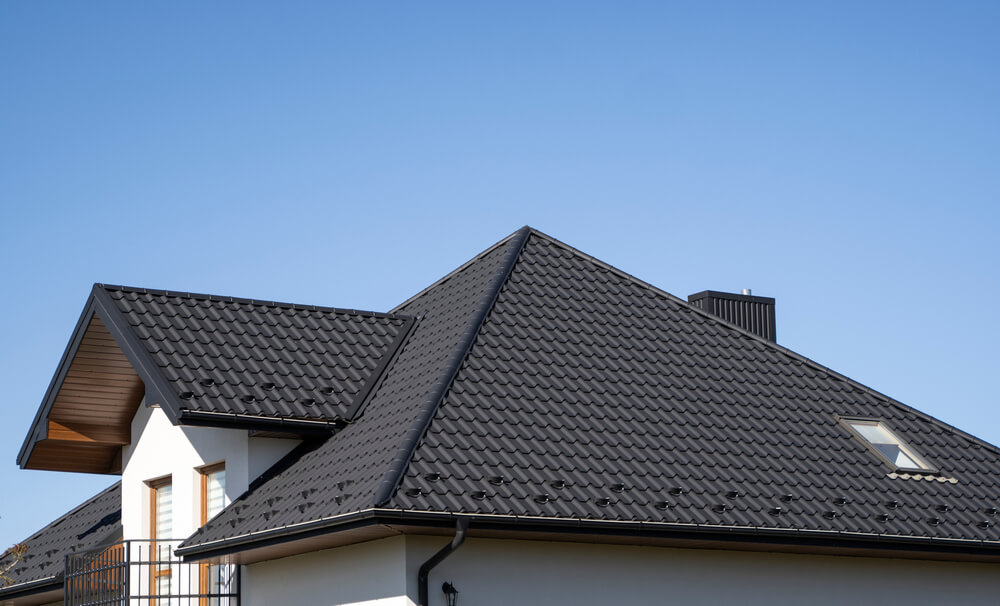
Finding the perfect roof for your home is a balance of aesthetics, durability, cost, and suitability to Minnesota’s climate. At A to Z Construction, we’re here to guide you through this process and ensure you get the best value for your investment. Don’t wait until it’s too late – contact us today to schedule a consultation and let us help you secure the perfect roof for your home.
Top Ten Residential Roofing Mistakes and How Minnesota Homeowners Can Avoid Them
Avoid costly repairs and extend the lifespan of your roof by steering clear of the top ten residential roofing mistakes. Learn what Minnesota homeowners often get wrong and how to do it right.Read More
Safety First: The Importance of Proper Roof Installation and Maintenance
A roof is an essential part of any building. It is not only responsible for protecting the structure from the elements but also adds value to the property. Proper roof installation and maintenance are crucial for the long-term health of your roof. In this article, we will discuss the importance of proper roof installation and maintenance, how to find a qualified contractor and tips for maintaining your roof.
The Importance of Proper Roof Installation
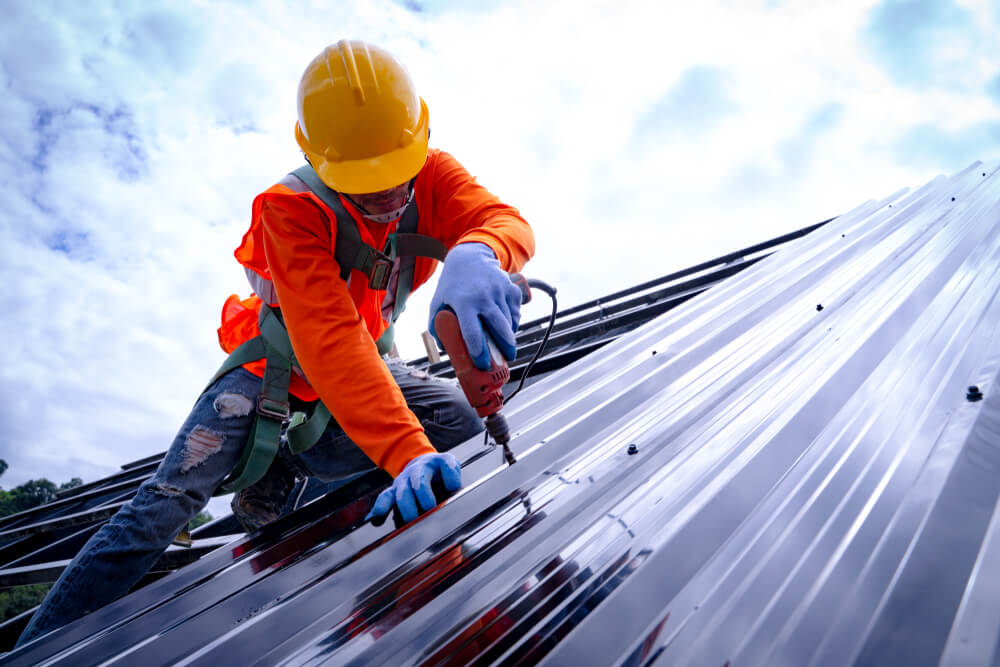
Proper roof installation is the foundation for a long-lasting roof. A poorly installed residential roof can lead to a host of problems, including leaks, water damage, and structural issues. Therefore, it is essential to hire a qualified contractor who has experience in installing the type of roofing material you choose.
Due to Minnesota’s harsh winters, snow and ice can cause storm damage to your roof if it is not properly installed. In order to protect your roof from potential damage, you should always make sure that the flashing and other protective components are installed correctly. It is also important that the material used for installation meets local building codes.
When selecting a contractor for your roofing project, there are several factors to consider. It is important to choose a contractor who is licensed and insured. This will protect you in case of any accidents or damage during the installation process. Additionally, it is essential to choose a contractor with a good reputation and experience in the roofing industry. To find the right contractor, you can ask for recommendations from family and friends, check online reviews, and ask for references from the contractor.
Proper roof installation offers numerous benefits, including:
Longevity
Depending on the type of roofing material, a properly installed roof will need to be replaced every 20-30 years or longer. This will help you save money in the long run, as you won’t have to replace your roof as often.
Energy Efficiency
Properly installed roofs can provide excellent insulation against extreme temperatures and keep energy costs down. Additionally, reflective materials on the roof can reduce heat absorption and keep your home cooler.
Safety
A properly installed roof will protect you from the elements and help reduce the risk of structural damage. Additionally, a secure roofing system can decrease the chances of wind damage to your property.
Increased Property Value
Installing a well-constructed roof can add value to your home and make it more attractive to potential buyers. A good roofing system will also help you get a higher return on your investment when the time comes for you to sell your house.
By investing in a quality roof installation, you can enjoy long-term benefits and protect your home from potential damage. To ensure the best results, it is important to hire an experienced contractor who will provide professional service and quality workmanship. Additionally, make sure that the contractor follows building codes and uses high-quality materials for the job. Taking these steps can help you ensure that your roof will be installed correctly and last for many years to come.
The Importance of Proper Roof Maintenance
Professional roof maintenance is essential for the longevity of your roof. Here are some benefits of professional roof maintenance:
Expert Inspection
Professional roof maintenance includes an expert inspection of your roof system. The inspection includes a thorough evaluation of the condition of the roof, as well as any potential problem areas. This allows for the identification of any current and potential problems that may affect the performance and longevity of your roof.
When homeowners decide to do a roof inspection on their own, they may overlook important signs of danger or damage. By hiring a professional roof contractor, you can ensure that all aspects of the roof are thoroughly inspected to keep your home safe.
Cost Savings
Regular professional roof maintenance can reduce the need for costly repairs or replacements. By addressing potential problems early, it is possible to save money in the long run. Furthermore, regular maintenance can also help you identify any energy-efficiency upgrades that could save you money on your energy bills.
Extended Roof Life
Regular professional roof maintenance can extend the life of your roof by preventing potential problems. With proper maintenance, it is possible to keep your roof in good condition for many years. This can help you avoid costly replacements down the line.
Peace of Mind
Finally, having a professionally maintained roof provides peace of mind that your roof will perform as expected and protect your home for many years. This can provide a greater sense of security, knowing that you have taken the necessary steps to maintain your roof and ensure its longevity.
Finding a Qualified Contractor for Proper Roof Installation and Maintenance
Finding a qualified contractor is essential for proper roof installation and maintenance. At A to Z Construction, we specialize in residential roofing and can help you with any roofing needs. Our team of experienced and knowledgeable professionals will conduct a thorough inspection to ensure your home is properly protected from the elements.
A to Z Construction is a reputable construction company that specializes in proper roof installation and maintenance. The company has a team of experienced and qualified contractors who use the latest techniques and equipment to ensure your roof is installed and maintained properly. A to Z Construction offers a range of services, including installation, repair, and maintenance.
Improper roof installation and maintenance can lead to a host of problems, such as leaks, structural damage, and decreased energy efficiency. With A to Z Construction, you can rest assured that your roof will be installed and maintained correctly from start to finish. No matter if it’s residential or commercial roofing, our team is here to help.
Contact A to Z Construction for Proper Roof Installation and Maintenance
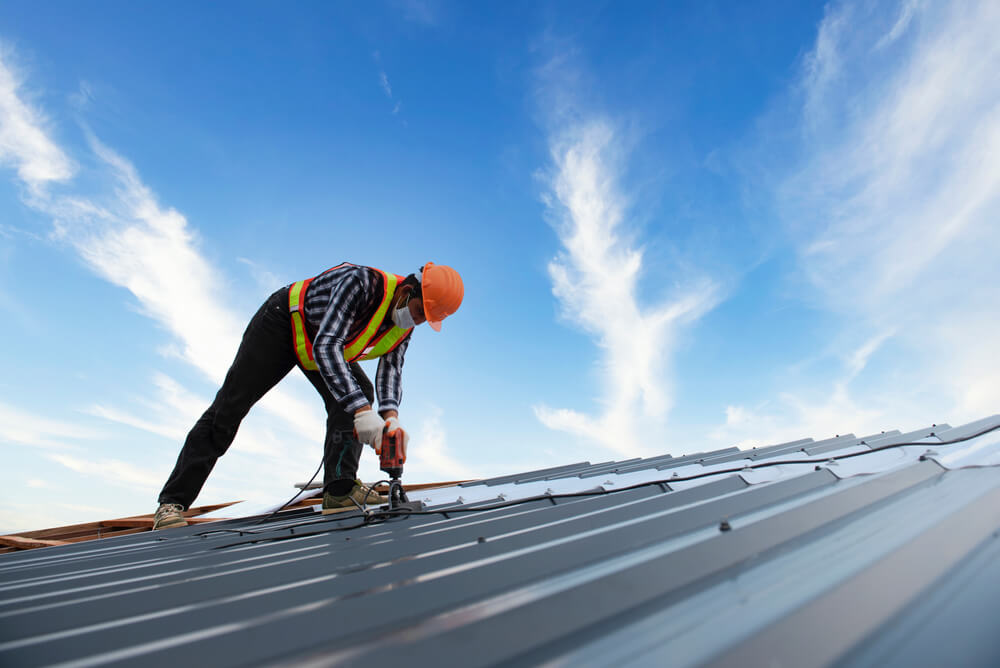
Proper roof installation and maintenance are essential for the longevity of your roof. It is crucial to choose a qualified contractor who has experience in installing and maintaining the type of roofing material you choose. Proper maintenance techniques, including regular inspections, gutter cleaning, and prompt repairs, can prevent major problems from occurring. With the help of A to Z Construction, you can ensure that your roof is installed and maintained properly, giving you peace of mind for years to come. Contact A to Z Construction today to learn more about the importance of proper roof installation and maintenance.
What Is the Best Type of Residential Roofing for Minnesota?
Searching for the best type of residential roofing for Minnesota? A to Z Construction has been providing exceptional roofing services since 2004, catering to the diverse needs of homeowners. Our offerings include roofing work, repairs, installations, replacements, and storm damage services. With a strong commitment to customer satisfaction, expertise, and reliable solutions, we have become one of MN’s most reputable roofing companies.
We firmly believe that a home’s integrity is directly tied to the quality of its roof. Utilizing a complete underlayment, flashing, and ventilation system ensures that your home remains protected, dry, and energy-efficient. Our experienced team is ready to assist you with new roofing systems, replacements, or repairs, using only the best materials available.
But what is the best type of residential roofing for Minnesota? Keep reading, and we’ll explore the different options available to help you make an informed decision.
Best Type of Residential Roofing for Minnesota
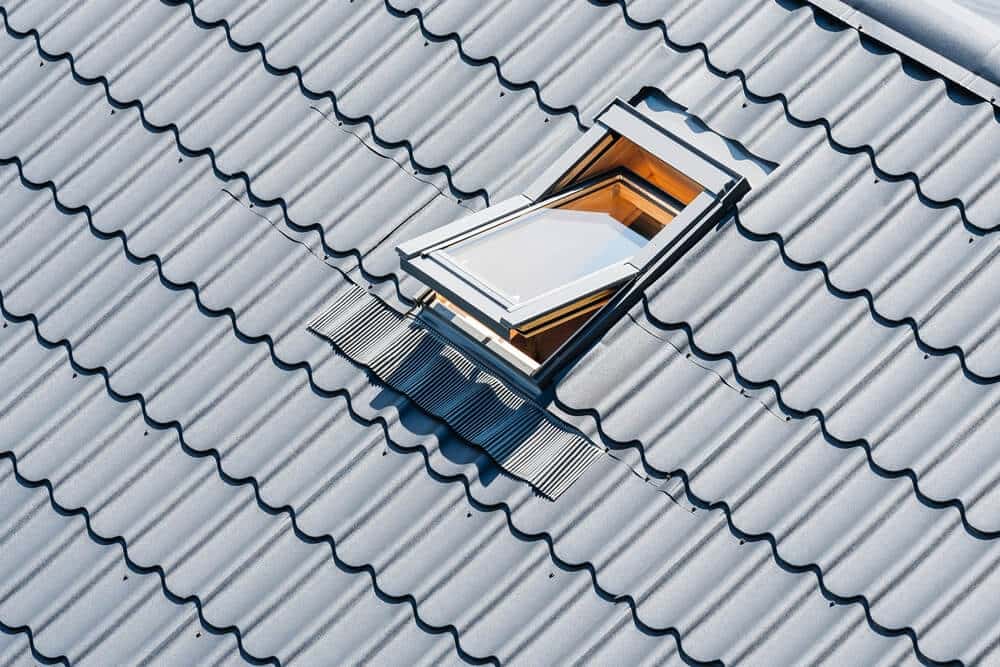
It’s no secret that Minnesota is known for harsh weather conditions, with temperatures ranging from hot summers and snowy winters. That said, choosing the right roofing material is essential for keeping your home safe and comfortable. The most popular types of residential roofing in Minnesota include:
Asphalt Shingles
One of, if not the most popular and common roofing materials, asphalt shingles are affordable and durable. These shingles come in many colors and styles to fit any home’s aesthetic and are made from a fiberglass or organic mat covered with asphalt. Asphalt shingles also offer excellent impact resistance, which makes them an ideal choice for areas prone to hailstorms.
However, one downfall of asphalt shingle roofs is that they don’t last as long as some other materials, typically lasting anywhere from 15-30 years. Other options may be better for homeowners who want a roof that will last longer.
Metal Roofing
Metal roofs are quickly becoming more popular for residential homes in Minnesota due to their longevity and resilience. They are made from aluminum or steel and can resist impacts from snow, rain, and extreme cold, making them one of the best roofing materials for harsh climates. These roofs also come in a variety of styles and colors, meaning you can find a metal roof that fits your home’s aesthetic.
While metal roofs are a costly investment, there is a good chance you won’t ever need to replace them. Metal roofs can last up to 50 years, making them a great long-term investment.
Wood Shakes
Wood shakes are a great option for homeowners who like a natural look. Made from real wood, these roofing materials give off a rustic charm that can’t be found in other types of roofing. Wood shake roofs perform great during winter, as they are naturally resistant to snow and ice buildup.
In addition, wooden roofs have natural insulation properties that help to keep your home cool during the summer months and warm in the winter. While these types of roofs cost more than asphalt shingles, they have a longer lifespan. The downfall of wood shake roofing is that they require continuous maintenance, such as staining and sealing, making them a bit more high-maintenance than other types of roofing materials.
Tiles
Clay, slate, and concrete tiles are all excellent roofing materials that Minnesota homeowners can use in their homes. They are durable, long-lasting, and highly resistant to the harsh winters in Minnesota. In addition, they are less expensive than metal or wood roofing but a slightly more expensive option than asphalt shingles. With tile roofing, you can expect a strong resistance against hail storms, extreme winds, snow, rain storms, and fire. Tiles also come in a variety of sizes, shapes, and colors, so you can choose the look that best fits your home. The only downside is that tiles are heavy and may require reinforcement to properly support them.
Choosing Residential Roofing for Minnesota Homeowners
Knowing what type of roofing material to choose when you are a homeowner in Minnesota can be confusing. Before making any decisions, it’s important to consider your budget, how long you plan to stay in your home, and how often you want to maintain the roof.
By contacting a reputable roofing contractor in Minnesota like A to Z Construction, homeowners will get the advice and help they need to choose the best roofing material to meet their needs. A to Z Construction is experienced in all types of residential roofing and can provide a free quote for installation or repair. Contact us today and let our team of experts help you find the perfect roof for your home.
No matter which type of residential roofing you choose, the team at A to Z Construction will make sure it’s installed correctly and that any repairs are handled quickly and professionally. We look forward to helping you create a safe and beautiful home!
How to Get Started With Residential Roofing in Minnesota
No matter if you need a full roof installation, roof repair, or storm damage repair, the friendly team at A to Z Construction is here to help. To get started, follow these steps:
Contact Us
Homeowners can call/text, or fill out the free inspection form on our website to schedule an estimate. Our team will provide honest feedback about your roofing needs and help you select the best option for your home.
Review Estimate
After inspecting your roof and learning about your budget and preferences, we will provide an estimate for the project. We strive to be transparent with costs and keep you informed every step of the way. After signing the contract, we will get to work on your roof!
Install or Repair Roof
Our experienced team of roofers is licensed and insured to provide quality service at an affordable price. We know that a well-maintained roof is an important part of any home, so we take extra care to ensure the job is done correctly.
When the job is complete, we’ll clean up any debris and make sure you are satisfied with how everything looks. We stand behind our work and offer a satisfaction guarantee for all of our residential roofing services.
Contact A to Z Construction for Minnesota Residential Roofing
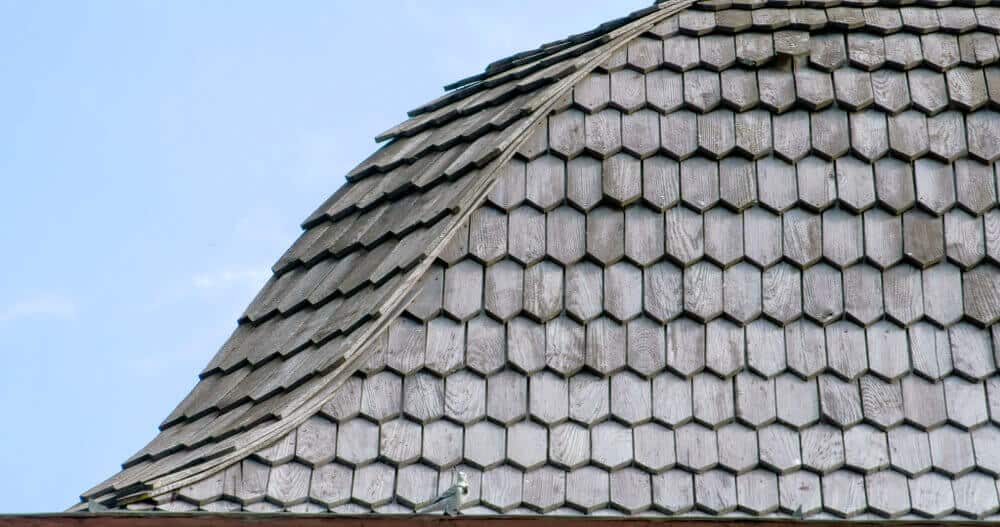
No matter what type of residential roofing project you need to be done, A to Z Construction has got you covered. Our team is dedicated to providing quality service at an affordable price and strives to make your roofing project as stress-free as possible. Contact A to Z Construction today to learn more about the best residential roofing for Minnesota.
Pros and Cons of Curbless Showers
The future of bathrooms is bright, and with the introduction of an open concept, bathrooms should not only be more flexible but also easily accessible and practical. We have come a long way from the traditional medieval water closet, and a curbless shower is one of the many new additions to arguably the most crucial living space in a home.
Whether you are looking for the opportunity to remodel your bathroom or are simply looking for a practical solution to your space problems, consider installing a curbless shower. Curbless showers offer homeowners the opportunity to incorporate modern living in their bathrooms and are an inexpensive way of improving the value of your property.
While it might sound like a perfect addition to your bathroom, there is no “one size fits all” approach for curbless showers. In some rare cases, they might do more harm than good, especially to the floor, walls, and paneling of the rest of the building (due to water damage).
If you are still unsure whether a curbless shower is a good investment, read on for comprehensive insight on the good, the bad, and the downright ugly for everything curbless showers.
What is a Curbless Shower?
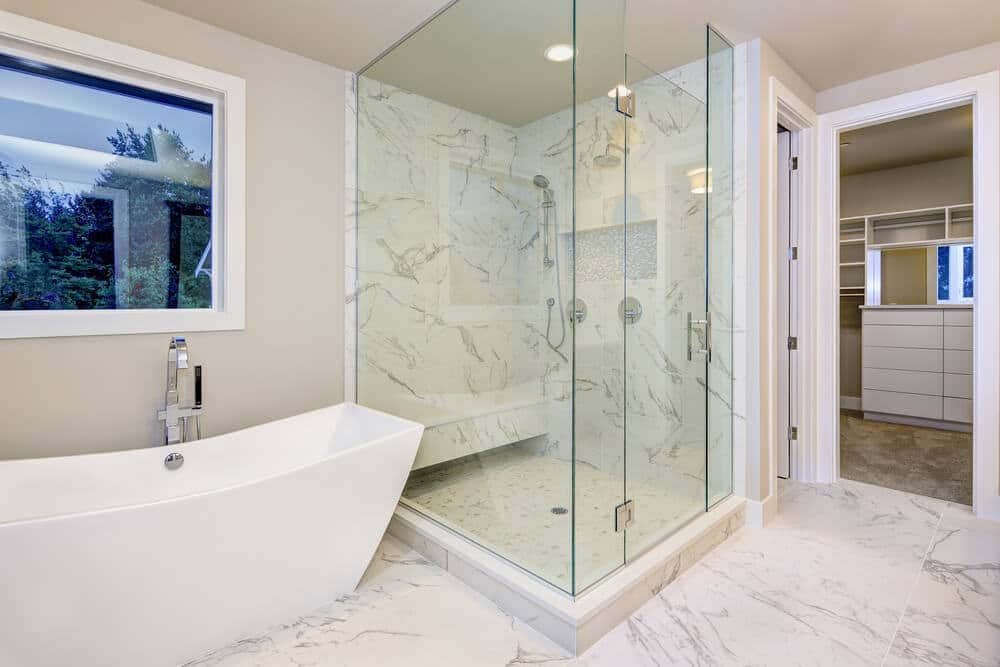
As the name suggests, a curbless shower is a walk-in shower that lacks a divider between the shower region and the rest of the bathroom. For many walk-in showers, there is usually an area of elevation (the curb) that functions as the divider.
Curbless showers typically have an open design, but some homeowners prefer a more personal approach and install enclosures of different materials to serve as the bathroom wall.
The Advantages and Disadvantages of a Curbless Shower
From our experience, curbless bathrooms usually have a polarizing effect on different homeowners. However, this is primarily credited to homeowners’ diverse needs and preferences. Similar to the difference in preferences when choosing a type of roofing material, curbless showers are only for some.
Below are some of the advantages and disadvantages of curbless showers as described by homeowners that have had them for an extended period:
Advantages of Curbless Showers
Curbless showers have won the hearts of homeowners worldwide for obvious reasons. You might have seen them in an HGTV commercial, or they might have taken your breath away when you walked into a bathroom in a luxury hotel. Regardless of where you might have come across them, here are a few advantages of curbless showers:
Practicality and Accessibility
If your household consists of individuals on the extreme ends of the age spectrum, you will love curbless showers. Because of the absence of a physical barrier in the bathroom, the young and old can easily access the walk-in shower area without assistance (or fear of tripping).
A curbless shower allows those using wheelchairs or other walking aids to enter the bathroom quickly.
The practicality of a curbless shower is also evident in the clever use of space. If you have reduced square footage in your bathroom and are still considering light fixtures, art pieces, or decorative furniture, then a curbless shower might be the answer.
Easy to Clean Surfaces
You might have chosen to invest in quality ceramic tiles for your bathroom, and as much as they are exquisite, they require occasional maintenance to stay in tip-top shape.
However, with a curbless shower, there is reduced opportunity for accumulation of dirt and grime from the bathroom over time since the wastewater and its contents are directed towards a center or linear drain.
If you’ve ever had to sweep dust from corners, you might have an idea of how cumbersome cleaning curbs can be. To avoid this complication, you should consider installing a curbless shower in your bathroom.
Aesthetic Appeal
You can do a lot to improve the overall aesthetic appeal of your home, but only a few of it can fall within a budget as comfortably as installing a curbless shower. This is especially true for new installations, as the floor can be angled to meet the specifications of a curbless shower with ease and without extensive need for restructuring.
With the help of a professional contractor, you can have your bathroom looking more modern by simply installing a curbless shower. If you pair the bathroom with an enclosure, you can make the most of both options and walk into a modern and visually pleasing bathroom.
Disadvantages of a Curbless Shower
There are several drawbacks to removing the divider from your bathroom. This is more pronounced in homes that have smaller bathrooms. Below are some of the disadvantages of a curbless shower.
Cost of Installation
If your home is under insurance, you might have reservations about doing a “major” renovation, such as installing a curbless shower. The installation process might attract a high cost for services and materials, especially if you have an old bathroom.
However, a simple solution is to seek the services of a contractor that can help you with your insurance claim, such as A to Z Construction.
Reduced Privacy
If you are in a crowded household that requires an added amount of privacy when using the bathroom, then the open concept associated with curbless showers might not suit you.
You may work around this by installing frosted glass or a shower curtain, but these often ruin the bathroom’s appearance.
Cold Showers
While traditional shower walls may not be as aesthetically pleasing as curbless showers, they often contribute to containing the heat during a hot shower.
Consequently, curbless showers tend to offer a colder shower experience. To overcome this issue, install heated floors or adjust the water temperature accordingly.
Wet Bathrooms
Another disadvantage of curbless showers is that they tend to handle splash water and drain it less effectively than conventional walk-in shower areas. This is because of the absence of a physical barrier to contain the splash and direct water toward the drain.
As a result, the rest of the bathroom may remain wet for longer than expected, or water may reach previously dry areas. Because of this, it’s important to consider a proper drain setup when installing a curbless shower to ensure efficient water management and prevent any potential water damage.
Should You Get a Curbless Shower?

There are several reasons why you should get a curbless shower. From the increased ease of cleaning the bathroom to the improved aesthetic appearance of the bathroom, curbless showers have a positive impact on the general practicality of your bathroom.
However, it is imperative that you assess your personal needs and preferences with a qualified contractor to accurately assess the applicability of a curbless shower in your home. Contact A to Z Construction to learn more about curbless showers.
The Importance of Bathroom Tile and Grout Cleaning
tile cleaningRead More
Benefits of Installing Frameless Shower Doors In Your Bathroom
A frameless shower door remains a solid option if you want glass in your bathroom. While some options include frames, frameless shower doors have many benefits.
From a functional design to a larger glass door overall, you can improve your bathroom and boost the overall value of your home. Let’s read on to learn more.
A Frameless Shower Door Looks Clean
If you look into a frameless shower door while reviewing the project work gallery, you’ll realize how much cleaner they look. Glass is easier to clean than frames, especially if your shower has a metal frame to protect the edges.
The metal frame can get a calcium build up and stain. If you own a frameless shower door, you’ll only have the glass to worry about, meaning you can use glass cleaner to wipe down the frameless shower door and make it clear.
You may have to use additional chemicals to clean the doors if you have materials other than glass, making the cleaning process extensive. Only having to use one cleaning agent makes the cleaning process faster.

Larger Glass to Show Off the Shower
If you want more glass for your door, go with a frameless shower door. Since the material won’t take up more space in the bathroom, and it looks more visually appealing. That means if you show your home to anyone, your shower will look bigger and more impressive.
Some people like it when bathrooms feel open and accessible, so having a frameless shower door will enhance that feeling. It also means it won’t feel as small while you shower since you can see out the glass and won’t feel trapped.
You can also easily see the shower and will be able to see if there are any leaks.
A Glass Door Is Functional
If you go with a frameless shower door, you’ll notice its functional design and how it can work better for your home. Below are a few benefits of a frameless, glass shower door:
- Increased safety
- Keeping the water in the shower
- Allowing steam to block the view
As you look into shower remodeling, you’ll want to pick options that make you feel safe. For example, the glass door provides an additional barrier to stop you from falling out of the shower. You can also see out of the glass in the event of an emergency.
The glass keeps the water in the shower, preventing it from leaking. However, if you have a shower curtain, the water can slip between the cracks, allowing it to get on the ground and even damage the floor in some instances.
While you can see through the glass, steam will build up in the shower and block the inside from view. If you share the bathroom with others, you won’t have to worry about them seeing you, but you can wipe away the steam if you want to see out.
Boost the Value of Your Home
When thinking about bathroom remodeling, you’ll want to maximize the value of your home. For example, you can purchase a frameless shower door, which naturally has more value than a shower without a door.
On top of that, some people will spend more money on a shower door without a frame, especially if they find it visually appealing. Besides, the additional glass is worth more than a piece of plastic separating the bathroom from the shower.
While small amenities may not seem like much, they can quickly add value and improve your home. For example, even though a shower door with a frame will be worth more than an open shower, a frameless shower door, due to its larger, more open look, is more sought after and therefore, more valuable.
A Frameless Shower Door Doesn’t Need a Curtain
Purchasing different curtains and plastic protectors can quickly become expensive, but a frameless shower door doesn’t require curtains. Since the glass is a barrier between the shower and the bathroom, it’ll protect the rest of the bathroom from getting wet.
You also won’t need to replace the frameless shower door unless it cracks or shatters. Since the glass is made of high-quality materials, it won’t have as many issues as a curtain, which can rip, tear, and become dirty with time.
Even though curtains don’t cost as much money, it can become annoying having to remove and replace them frequently. A frameless shower door sits on a hinge, so you just have to grab the handle to push or pull the door into place.
Learn About Frameless Shower Doors Today
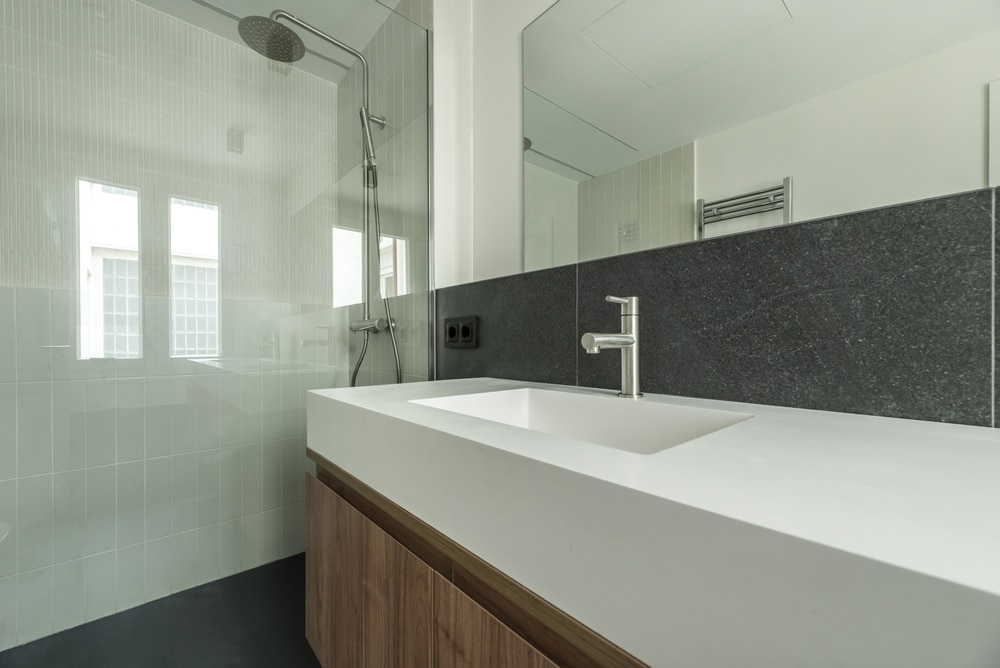
When considering a renovation, remember the benefits of a frameless shower door and the additional value it adds to your property. Contact A to Z Construction today to review our glass options and get your frameless shower door.
Why You Should Consider Installing A Shower Bench In Your Bathroom
Your bathroom is more than just a functional space. It’s a haven where you can relax, rejuvenate, and unwind. When it comes to bathroom renovations or remodels, many homeowners focus on fixtures such as sinks, toilets, or bathtubs. However, one such addition that often goes overlooked is a shower bench.
A shower bench is a waterproof seating platform or stool designed for the bathroom to provide comfort and safety. Installing a shower bench may seem like a minor change. Still, its impact on your daily bathing routine extends beyond mere convenience.
Let’s explore why you should consider installing a shower bench in your bathroom.
Benefits of a Shower Bench
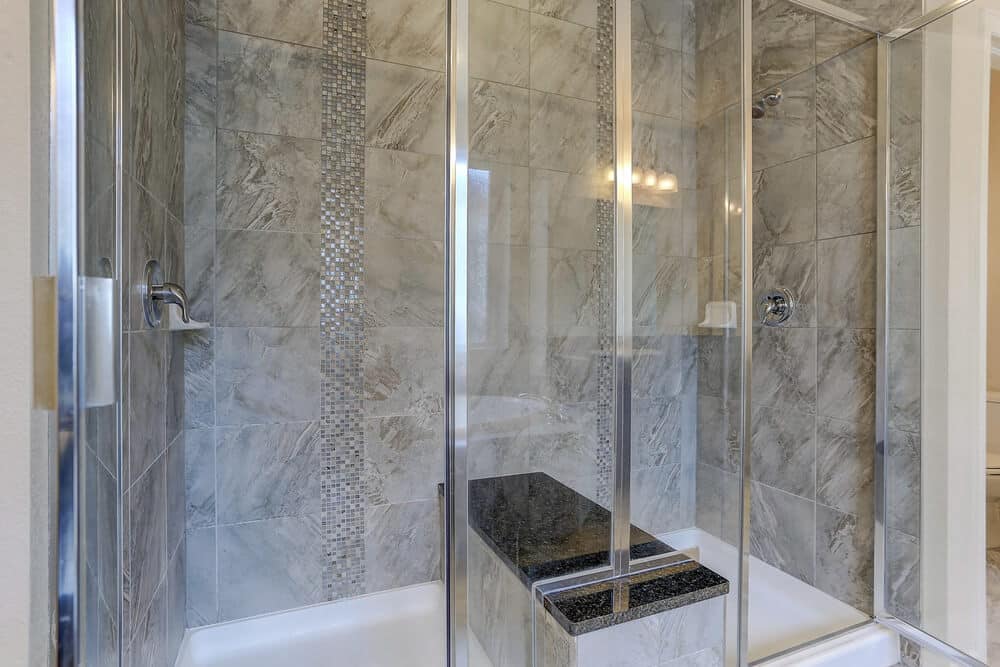
A shower bench is a practical addition to any bathroom. It offers a range of benefits that can make your daily routine easier and more enjoyable. Here are five advantages of incorporating a shower bench into your bathroom remodel.
1. Functional
Shower benches provide a multitude of conveniences that enhance the overall bathing experience. They offer a comfortable and secure seating option within the shower, allowing individuals to relax and enjoy their bathing routine without the need to stand for prolonged periods.
Shower benches get used as platforms to help while shaving legs. They enhance safety and reduce risks like slips caused by shaving creams and running water.
A shower bench also provides a stable surface for storage activities. They create a convenient space to place your toiletries, such as shampoo, conditioner, body wash, and shaving supplies. The spaces underneath them can also be used for other toiletries.
2. Relaxation
Shower benches create a spa-like atmosphere contributing to a relaxing bathing experience. They offer relaxation by providing a comfortable and supportive seating option.
Why stand in the shower the whole time when you can sit back and relax on your custom bench? Not only will you enjoy the calming feeling of the water, but you’ll also avoid the stress of standing and trying to keep your balance.
Shower benches also provide a space to unwind and take their time. Sitting on a bench creates a tranquil environment where you escape the daily hustle and bustle. It allows you to pause, reflect, and release stress and tension. This experience can be meditative, providing a peaceful, serene ambiance that promotes relaxation.
3. Accessible
Shower benches are crucial for individuals with limited mobility, disabilities, or elderly facing challenges when standing for extended periods or maintaining balance in the shower. They provide a stable and secure seating option, allowing them to shower safely and comfortably.
A shower remodel also facilitates more effortless mobility in the bathroom. Disabled people using wheelchairs can use it to transition from the wheelchair. An injured person can also use it to shower and avoid standing for too long.
4. Safer Bathing
Shower benches act as grab bars and provide stability and support, reducing the risk of accidents in the bathroom. They offer a secure seating option that helps individuals maintain balance and stability, particularly for those with mobility issues or balance impairments.
Shower benches also reduce the strain and fatigue associated with standing for extended periods, promoting safer bathing for individuals with physical limitations. Additionally, these benches facilitate easy access to showering essentials, minimizing the risk of accidents due to excessive movement or reaching.
A custom bench eliminates the risk of slipping on a wet surface or losing balance while standing. You can shower confidently, knowing you have a secure seating option that supports your body weight and helps maintain stability.
5. Better Aesthetics
Shower benches not only offer functional benefits, but can also make your bathroom feel luxe. They can be a stylish and visually appealing addition to the shower area, adding a touch of elegance and sophistication to the space.
These benches contribute to better aesthetics through their design and materials. They are available in various styles, including modern, minimalist, rustic, and contemporary, allowing you to choose a bench that complements your bathroom’s decor.
Moreover, a custom shower bench can serve as a focal point or statement piece within the shower area. With their unique shapes, patterns, or finishes, these benches draw attention and become a design element that adds interest and character to the bathroom.
Upgrade Your Bathroom Today With A to Z Construction

When optimizing your bathroom space, installing a shower bench is a wise decision that offers numerous advantages. You’ll enjoy increased accessibility and safety, not to mention improved comfort and convenience. Trust us, it’s a game-changer.
In need of a shower bench specialist? A to Z Construction is well-versed in the latest trends, designs, and materials for custom shower benches. Our expertise and commitment to customer satisfaction make us a reliable choice for a bathroom remodel.
Contact A to Z Construction today and embark on a journey toward a custom shower bench that will enhance your bathroom’s functionality and aesthetics.
Why a Bathroom Remodel Isn’t a DIY Project
If you are ready for something new in your bathroom, consider redoing the entire thing on your own. There are plenty of DIY tutorials and before and after pictures on social media, Pinterest, or the internet. However, it’s not always as easy as it looks.
Remodeling a bathroom by yourself is much more complicated than it looks. It may end in disaster if you aren’t properly trained. From flooring to plumbing to rewiring, hiring a professional is better to ensure that you will have the best bathroom possible. That’s the best way to reduce avoidable costs and mitigate disasters such as water damage.
If you aren’t convinced, keep reading. Here are the top reasons you should hire a professional to help remodel your bathroom instead of trying to do it yourself. It’s crucial that everything is done well in all the different aspects of bathroom remodeling.
Why You Should Hire a Professional for a Bathroom Remodel
There are multiple elements to remodeling your bathroom. Although you can likely take on one or two of these elements successfully, it is a massive project and should be done simultaneously. Without professional help, a bathroom can end in flooding, faulty wiring, or uneven tiling.
Hiring a professional to avoid disasters and ensure an excellent bathroom remodel is crucial. Here are just a few aspects of bathroom remodeling that are better done with the help of a professional.
When you hire a professional contractor, they will handle the entire process. From plumbing to tiling, each contractor has a team of experts who specialize in various parts of home improvement. So you won’t have to worry about hiring several different people. Instead, just one expert can help you handle the whole process.
Design
Of course, one of the most exciting parts of a bathroom renovation is designing and creating your dream bathroom. However, this can be difficult if you don’t know how to account for new appliances, flooring, and other aspects.
If you want to design the perfect bathroom, hiring a professional remodeler can help you match your expectations to reality. A good remodeler will help you take your designs to reality and set up the ideal bathroom.
Plumbing
Plumbing ensures that the sink, shower, and toilet function smoothly. If you are replacing any of these large appliances, you’ll need a plumber to ensure that you don’t cause leakages, floods, or long-term pipe damage.
Remodeling a bathroom might involve new pipes or in-depth plumbing. This is extremely specialized work and should be performed by a professional only. While you can hire a plumber separately, it’s much easier to hire a contractor to do the entire bathroom and allow them to bring their own plumber.
Flooring and Tiling
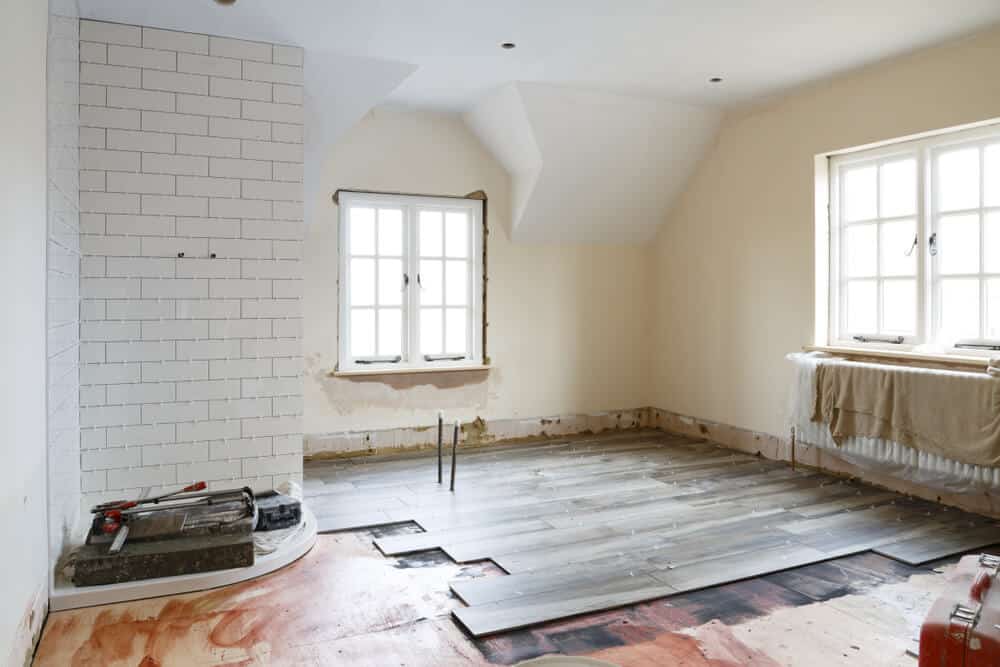
There are multiple options for reflooring a bathroom. From hardwood to tiling, you can choose a variety of options and colors. However, getting it completed well is a matter of professional expertise. Tiling is a hard thing to do, and any miscalculation can end in an uneven floor.
To ensure the best possible flooring, you should hire a professional. They will be able to find you the best materials and install them at an affordable and efficient rate. Your flooring is crucial to tie the whole bathroom together and should not be done on your own.
Appliance Replacement
While you don’t generally think of the appliances in the bathroom as appliances, they are crucial. Replacing a toilet or shower is a significant task that requires physical expertise and knowledge of tiling, plumbing, and other aspects. Hiring a professional is the only way to replace any large bathroom features properly.
Because all of the bathroom features include water somehow, you could easily cause leaks or flooding by attempting to replace them on your own. In addition, water outside of the pipes will lead to mold and can ruin a bathroom or a home. This is another reason that professional help is essential when remodeling a bathroom.
Lighting and Wiring
While some aspects of remodeling can be done on your own, it’s essential to hire a professional for replacing lighting fixtures or rewiring a bathroom. Faulty wiring can lead to electrical fires, shorts, and danger for anyone using the room. This is especially true for a bathroom.
A bathroom renovator will have an electrician on contract to help with any rewiring needs. However, if you decide to do the rest of the bathroom DIY, lighting and wiring is where hiring a pro is crucial.
Walls and Painting
Whether you want a simple paint job or a tile backsplash, getting a pro to install it is a great idea. They can redo the walls while everything else is getting done, so you won’t have to worry about messing up your new floors or appliances with paint.
Painting is one of the easier aspects of remodeling, but the difference between an amateur and a professional paint job is easy to tell. Every aspect will look perfect when you get a professional to finish the job.
Start Remodeling Your Bathroom With A to Z Today!

Unless you are a professional, hiring someone to help you complete your ideal bathroom renovation is best. From designing the layout to implementing plumbing and wiring, a professional contractor can ensure that everything goes to plan. Rather than attempting a DIY project and potentially ending up with a messy bathroom, it’s best to contact the local experts at A to Z Construction today to get started.



